After the 7.2 magnitude earthquake that hit the Central Visayan regions, a post about the triangle of life earthquake tip started circulating again in social media networks. Now, we all grew up being told that when an earthquake strikes, we must duck under a sturdy desk to avoid getting hit by any falling object or debris from the ceiling. The triangle of life disputes this practice claiming that in many of their rescue and retrieval operations after earthquakes, those who hid under tables did not survive and were even squished to death. According to this theory, the best way one can survive is to stay as low as you can beside a furniture – that’s beside not under.
However, the Red Cross still maintains that we should DROP, COVER, HOLD during an earthquake. These infographics were posted on the Dick Gordon Facebook Page and I want to share them with you for you to understand both methods and decide for yourself which one you should follow during an earthquake.

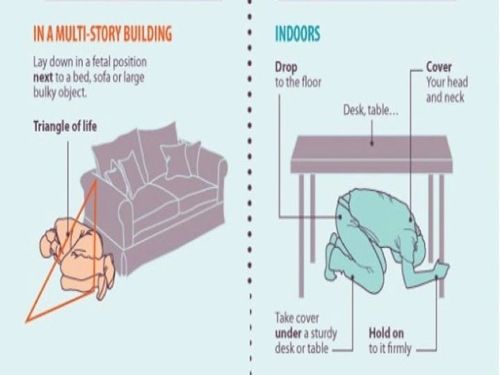
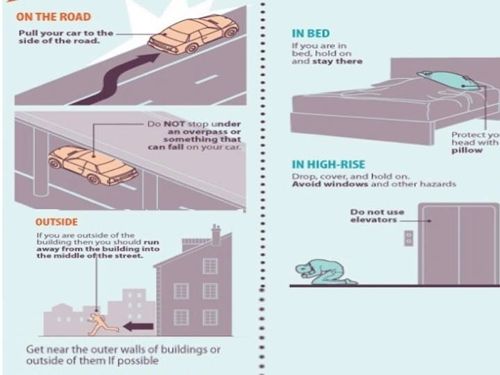
Safest and Deadliest Places according to the Triangle of Life Theory
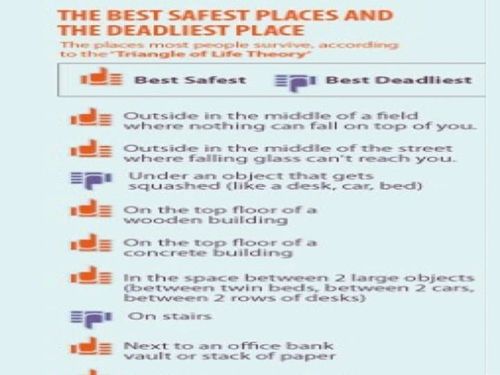
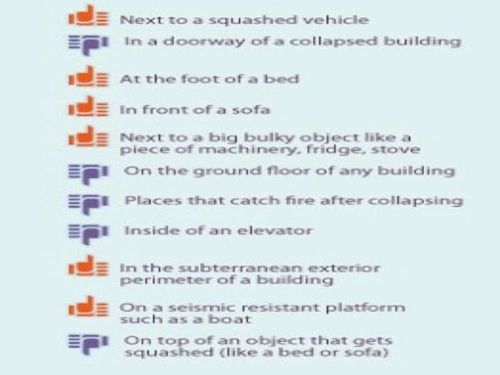
What to do During An Earthquake According to RED CROSS
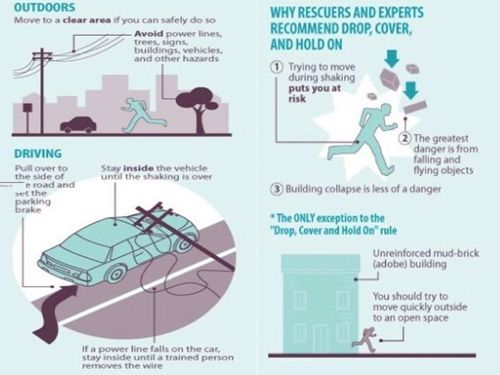
Images from: https://www.facebook.com/senatorgordon
Both methods have their merits so it’s really hard to choose which one to follow. I guess what we could do is to survey our homes to find out which areas pose much danger or are likely to collapse. Knowing which furniture are also sturdy enough to hold concrete slabs or wooden ceilings would help you decide where to take cover.
The best thing we all could do now is to prepare our homes and our families for disasters like this. Aside from checking the structural soundness of your house, conduct regular earthquake drills so everyone will know what to do in case it does happen. Do remember that no one can predict exactly when an earthquake will happen so it is best to be prepared always.
###
Bohol and other Central Visayas provinces gravely affected by the earthquake are still in need of help. Please go to http://www.redcross.org.ph/donate to donate to the Philippine Red Cross which is continuously helping with rescue and relief operations in the affected regions.
Thanks for sharing about these free printables.
I have been a musician for years, and this is the best article I have ever read on learning to…
Great info! Whenever I have a clogged sink or drain, I call my local pluber for drain cleaning services in…
No matter what treatment you use, your gums are more likely to be sensitive to the chemicals used to whiten…
Hi Olga nice to meet you. Like you I’ also longing for my daughter who is already an angel in…